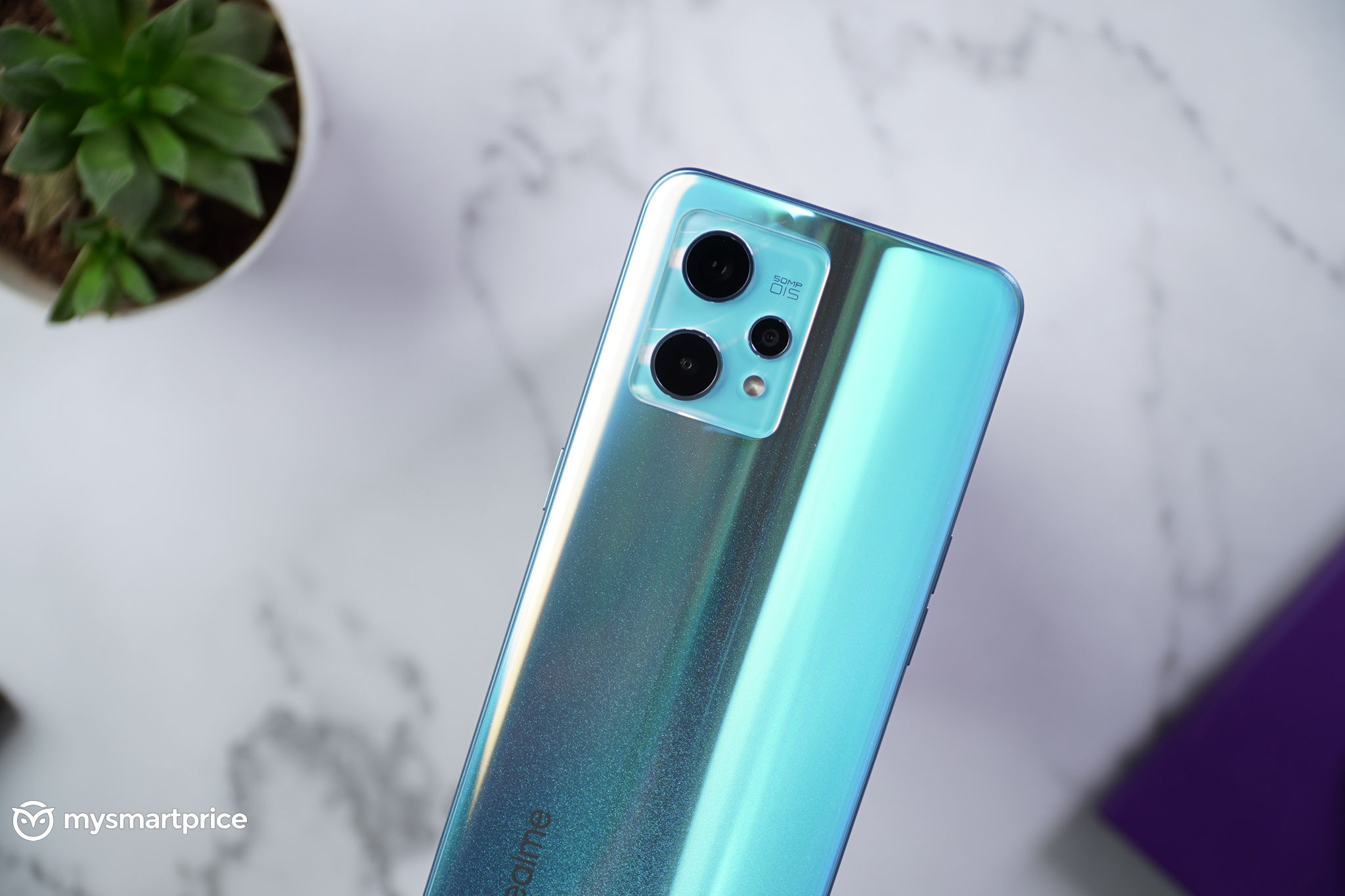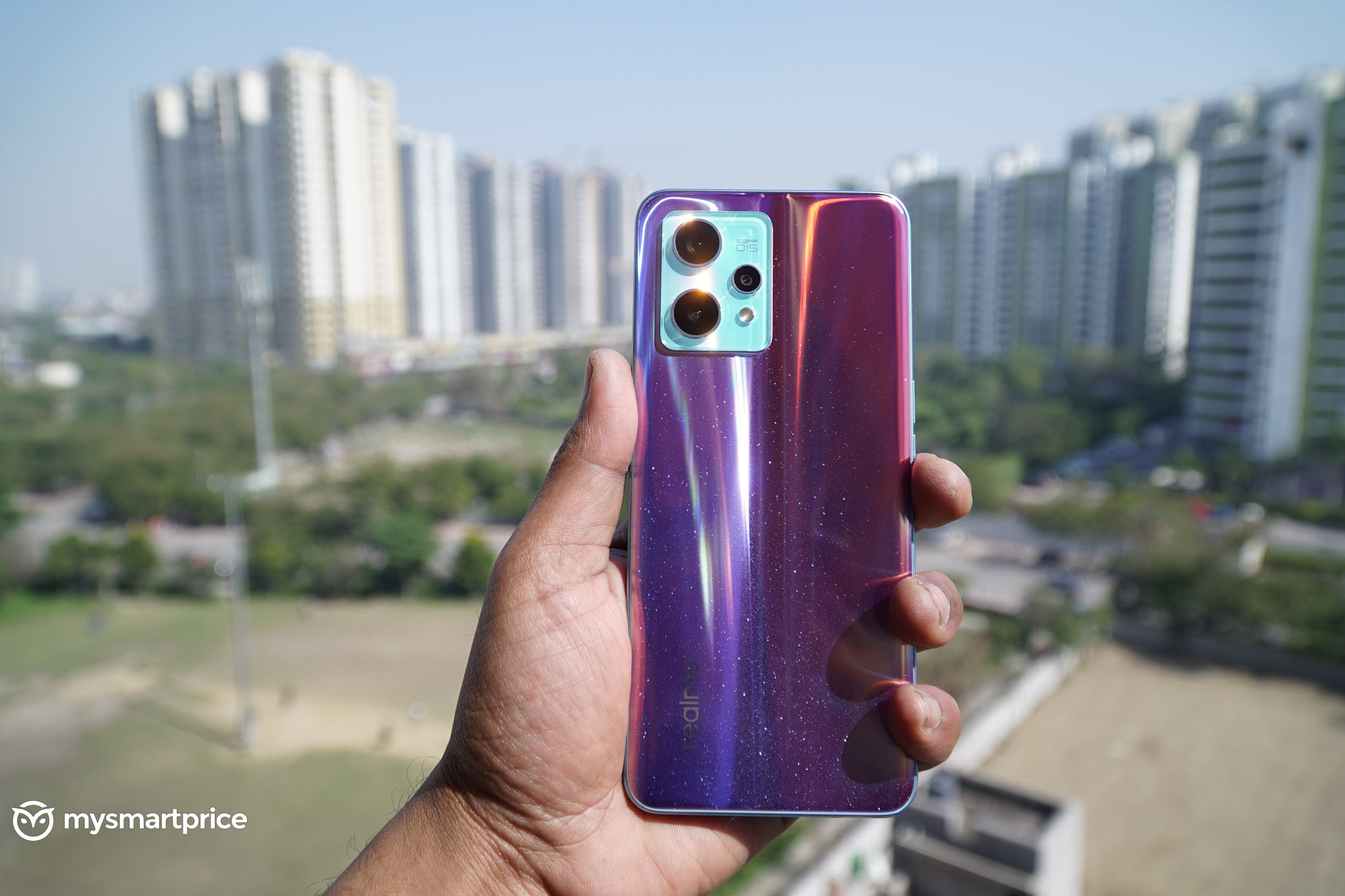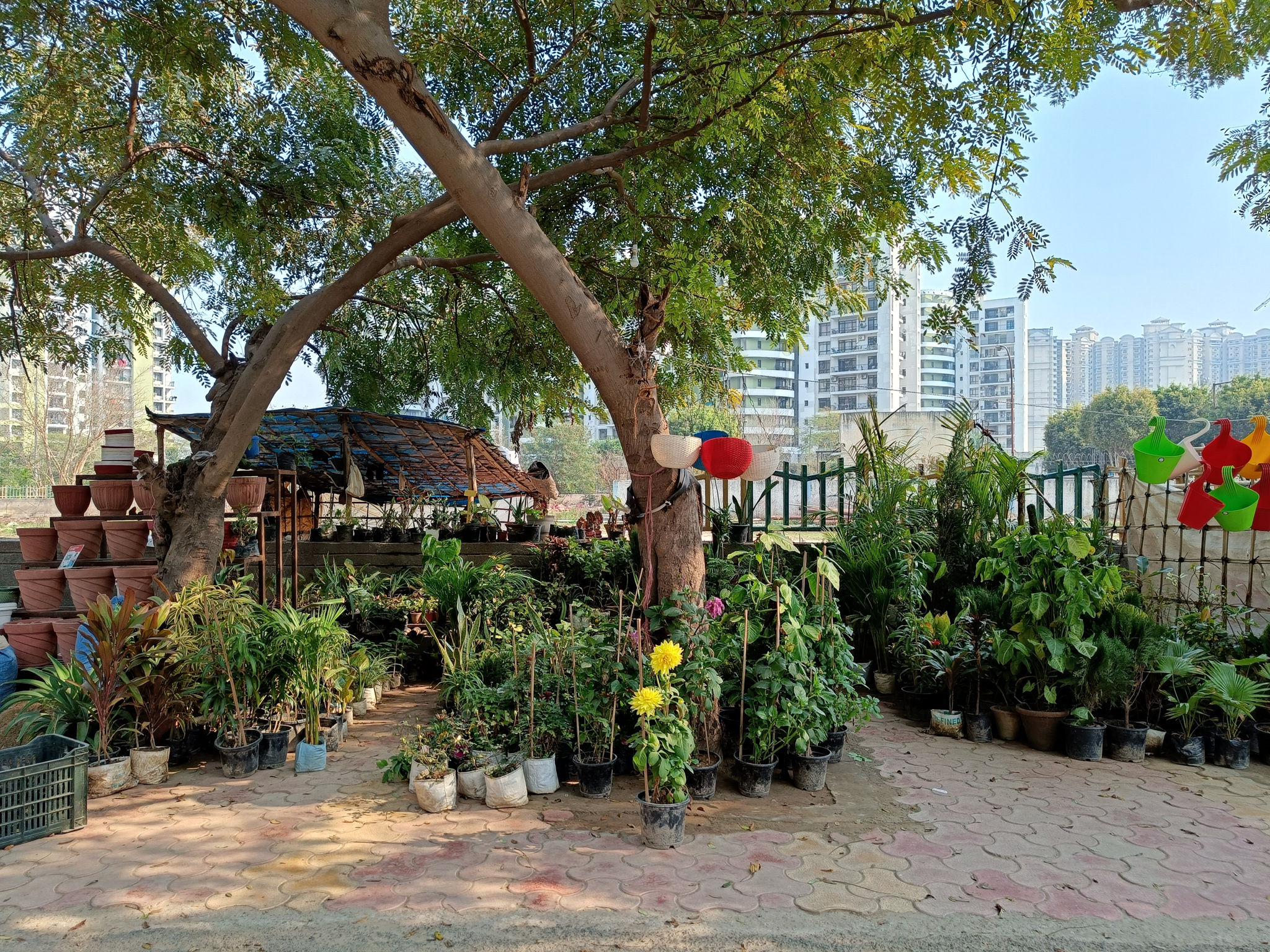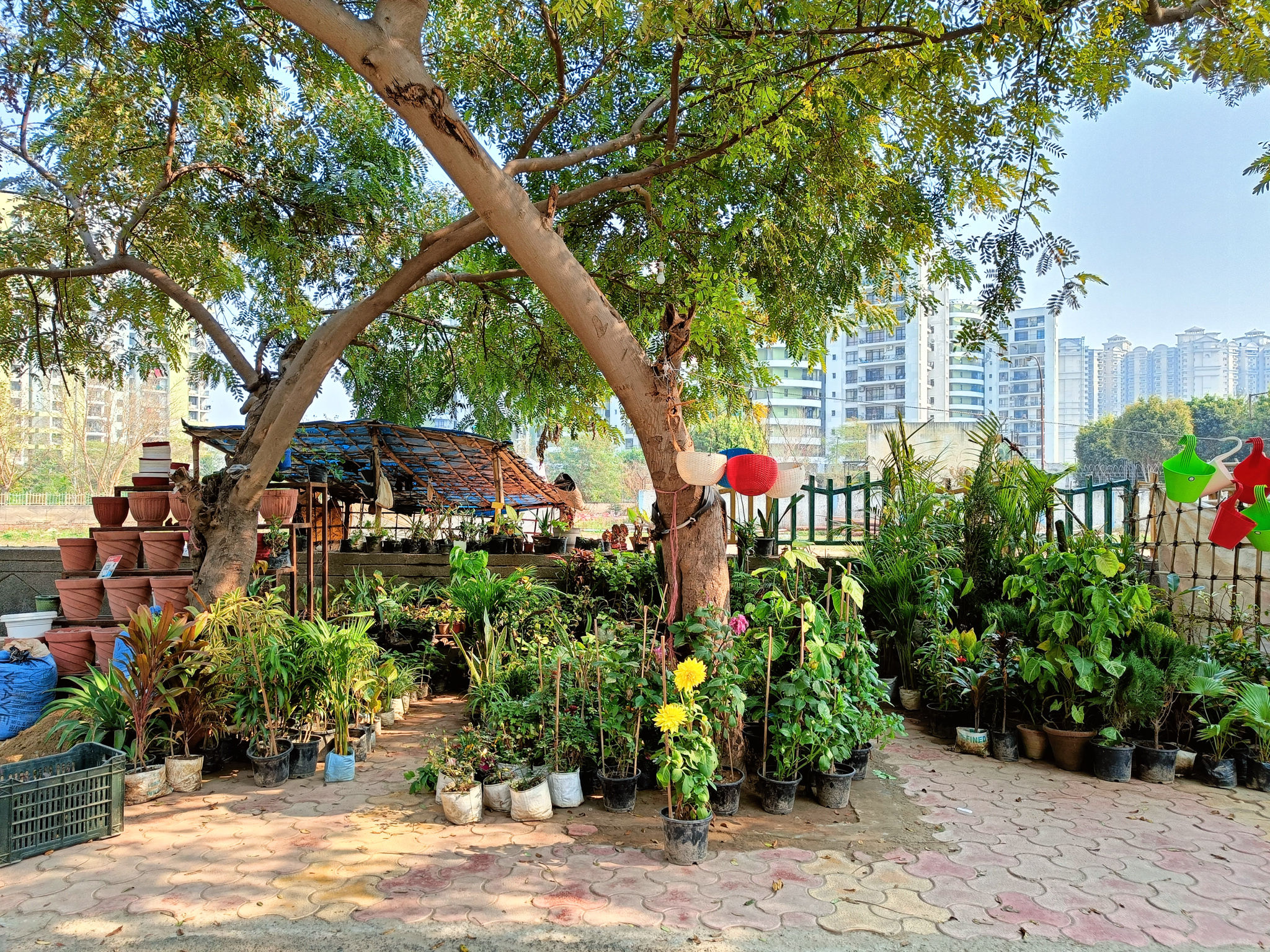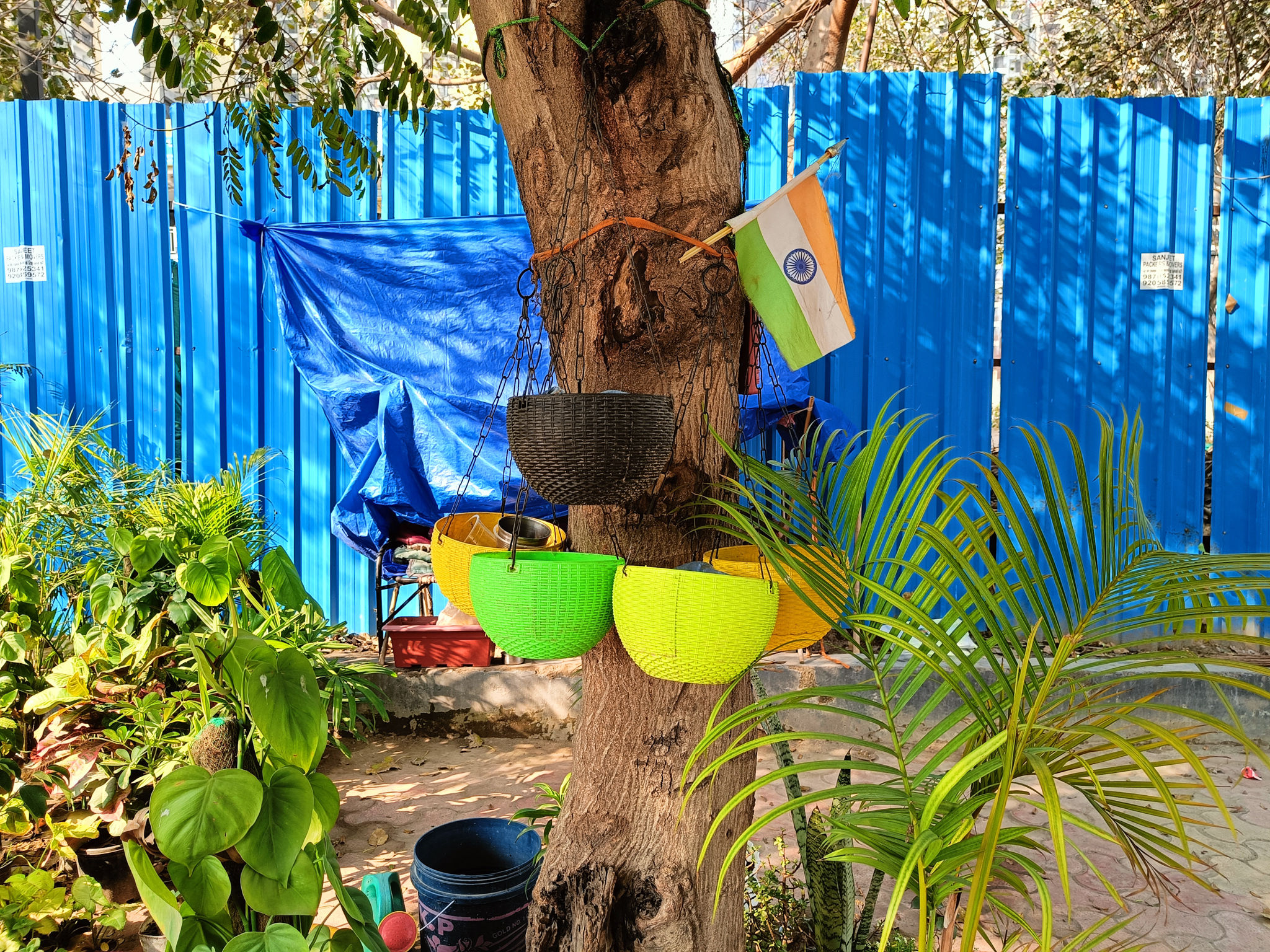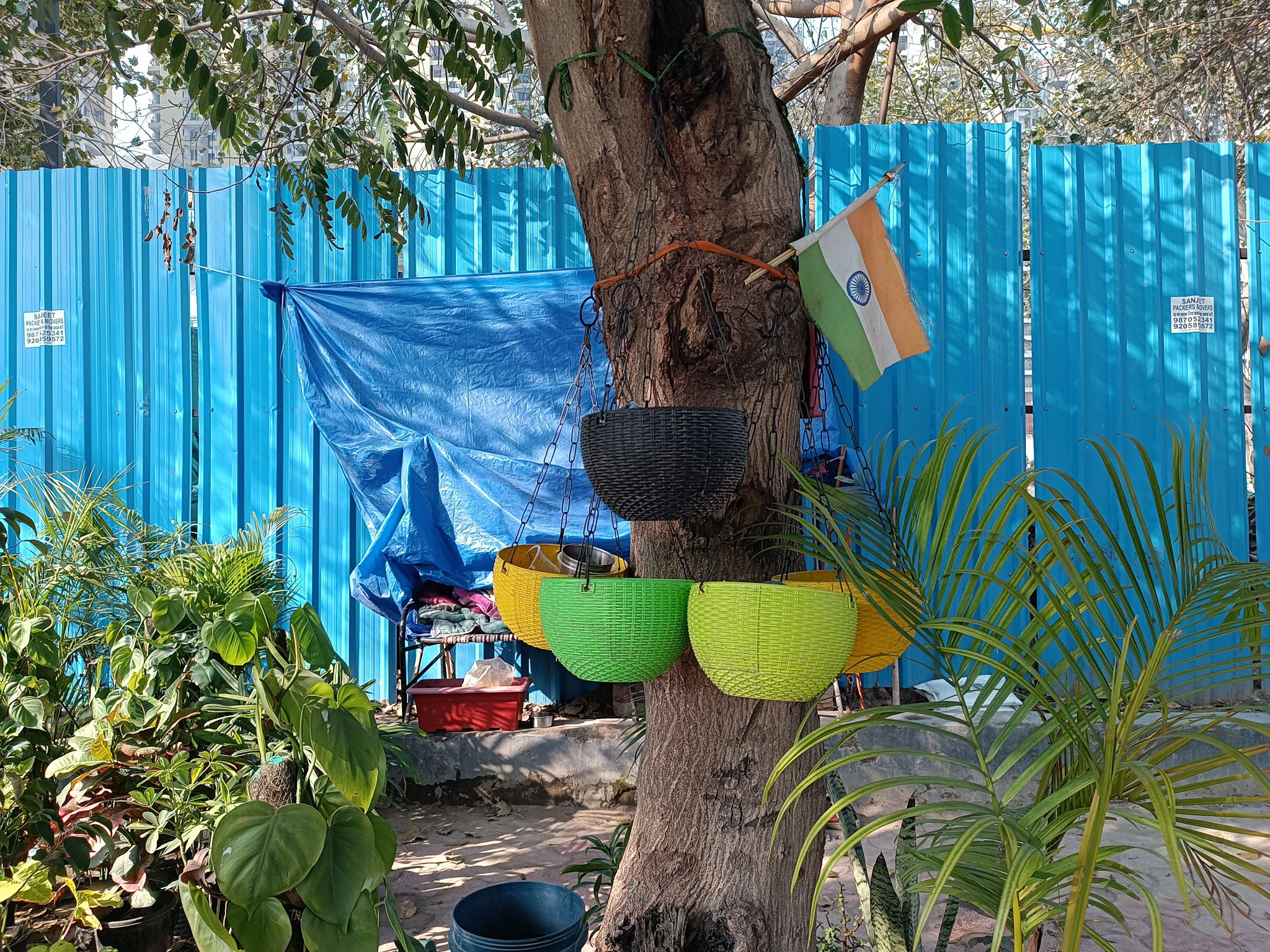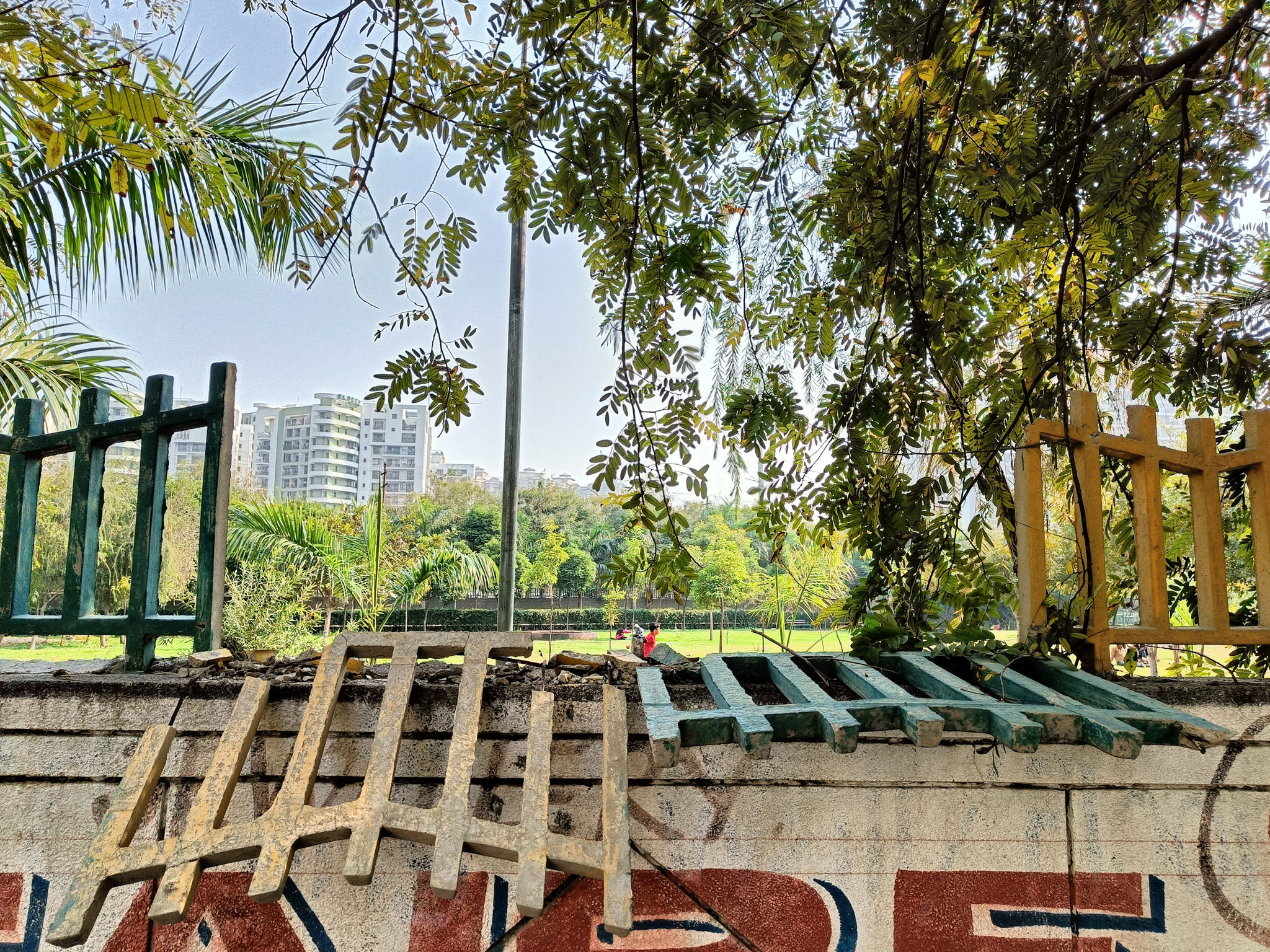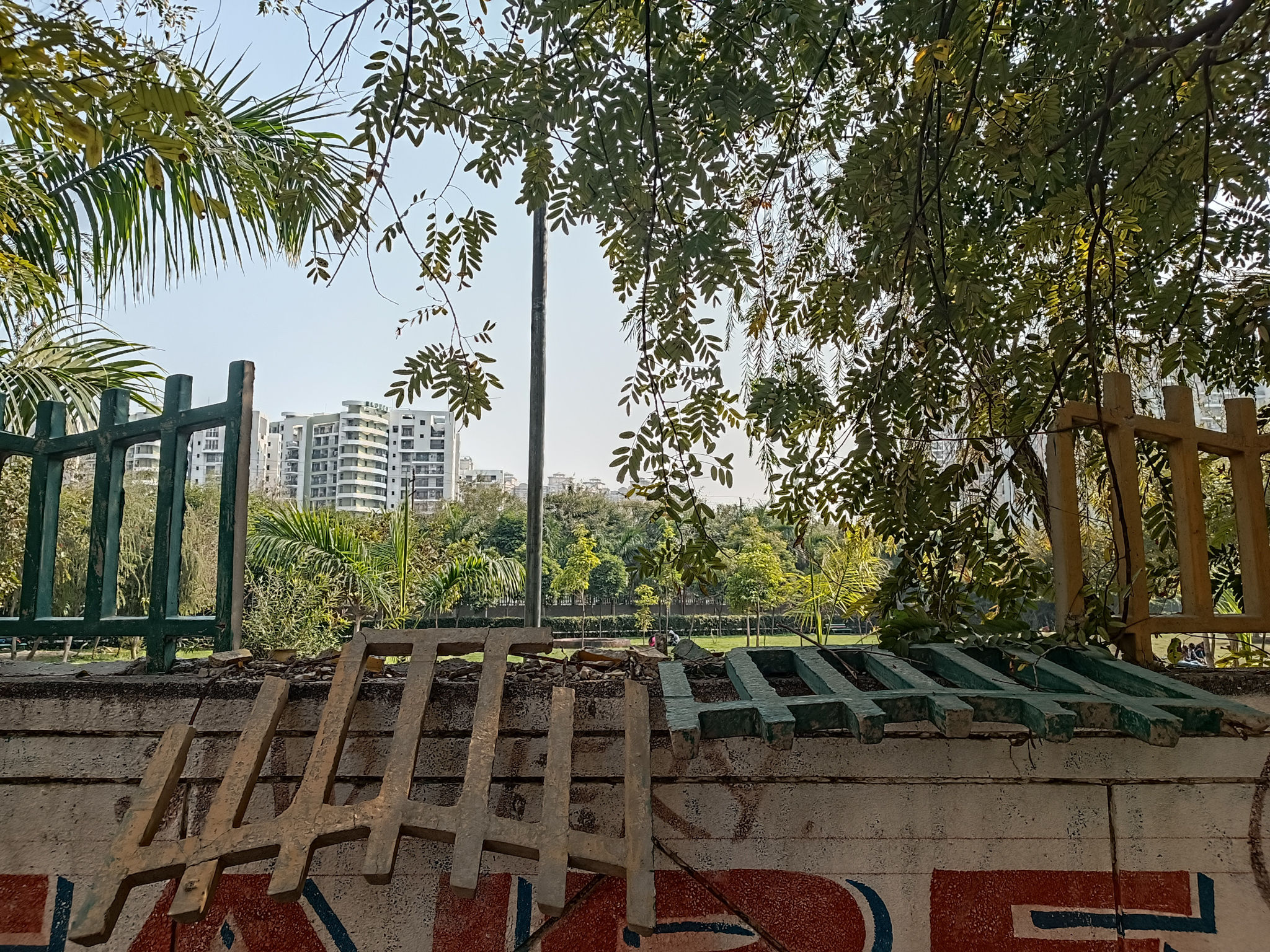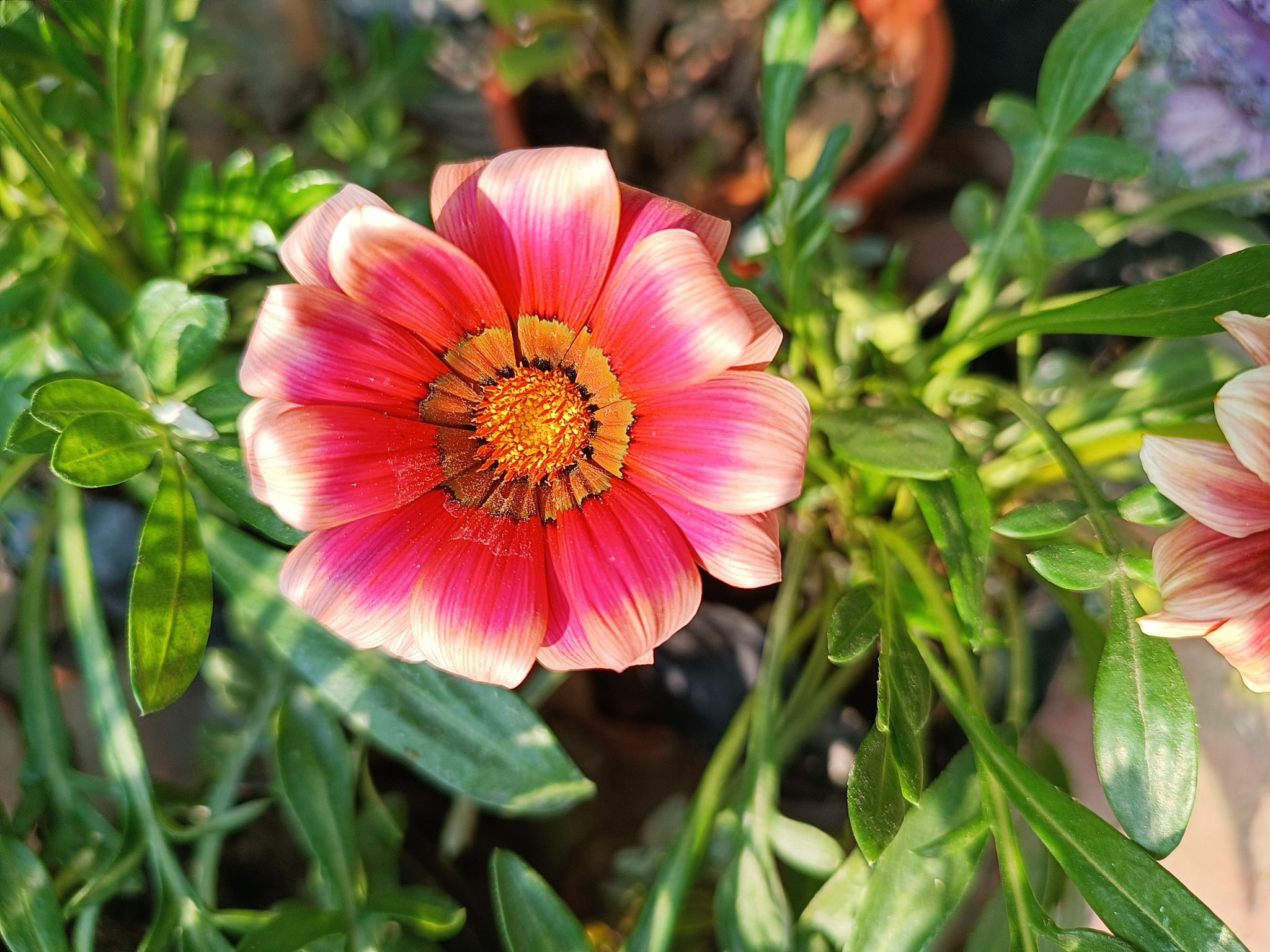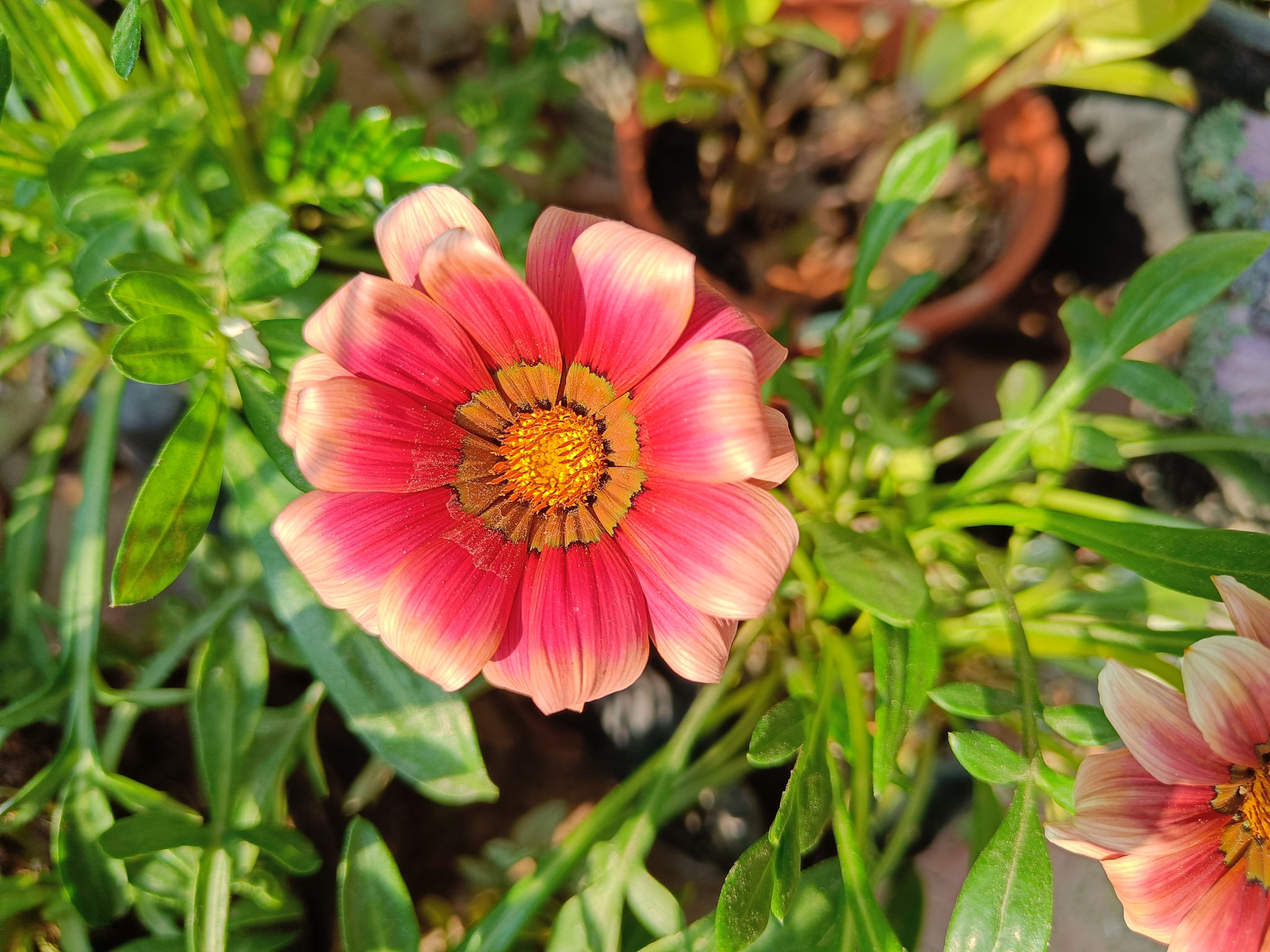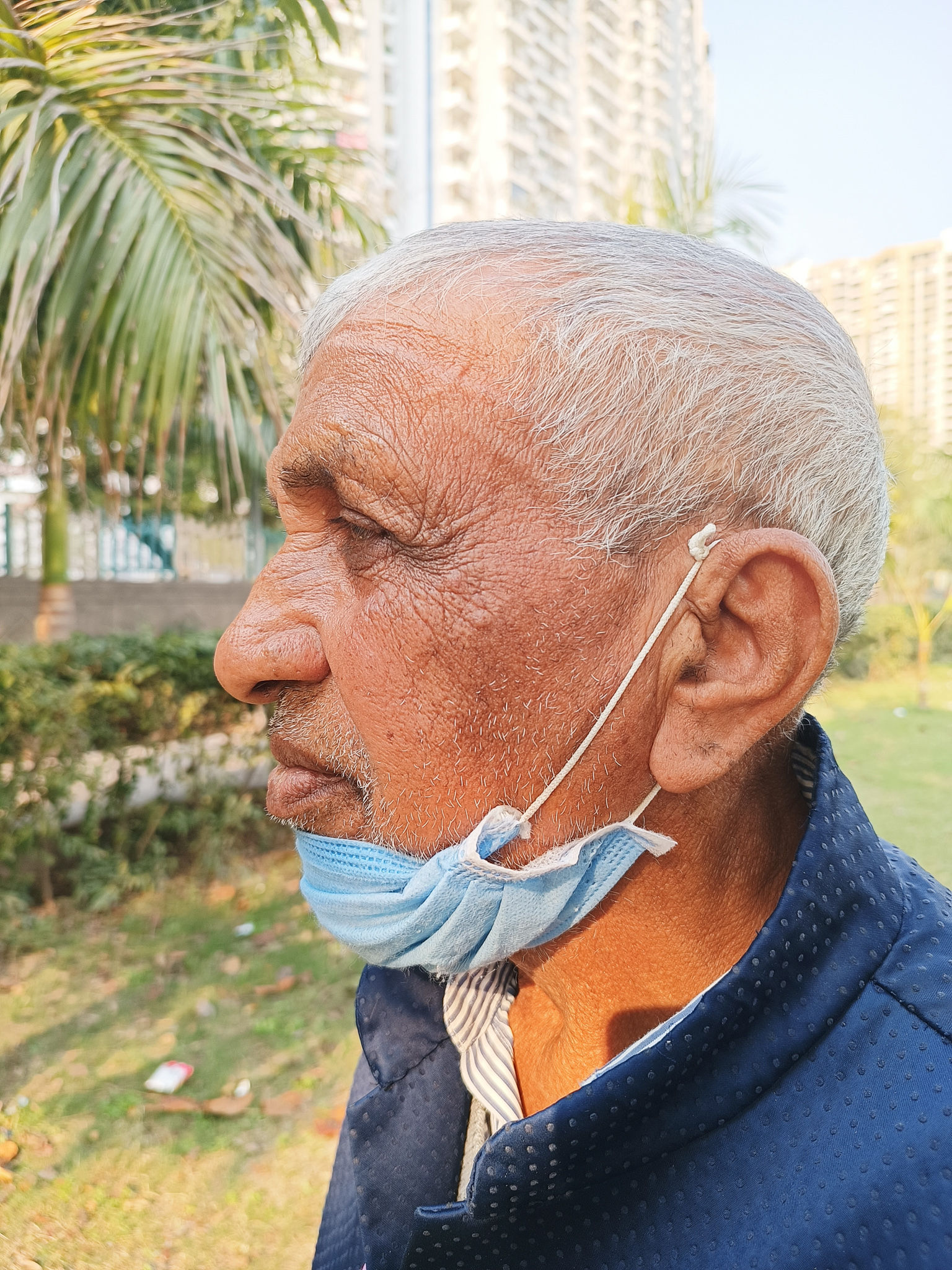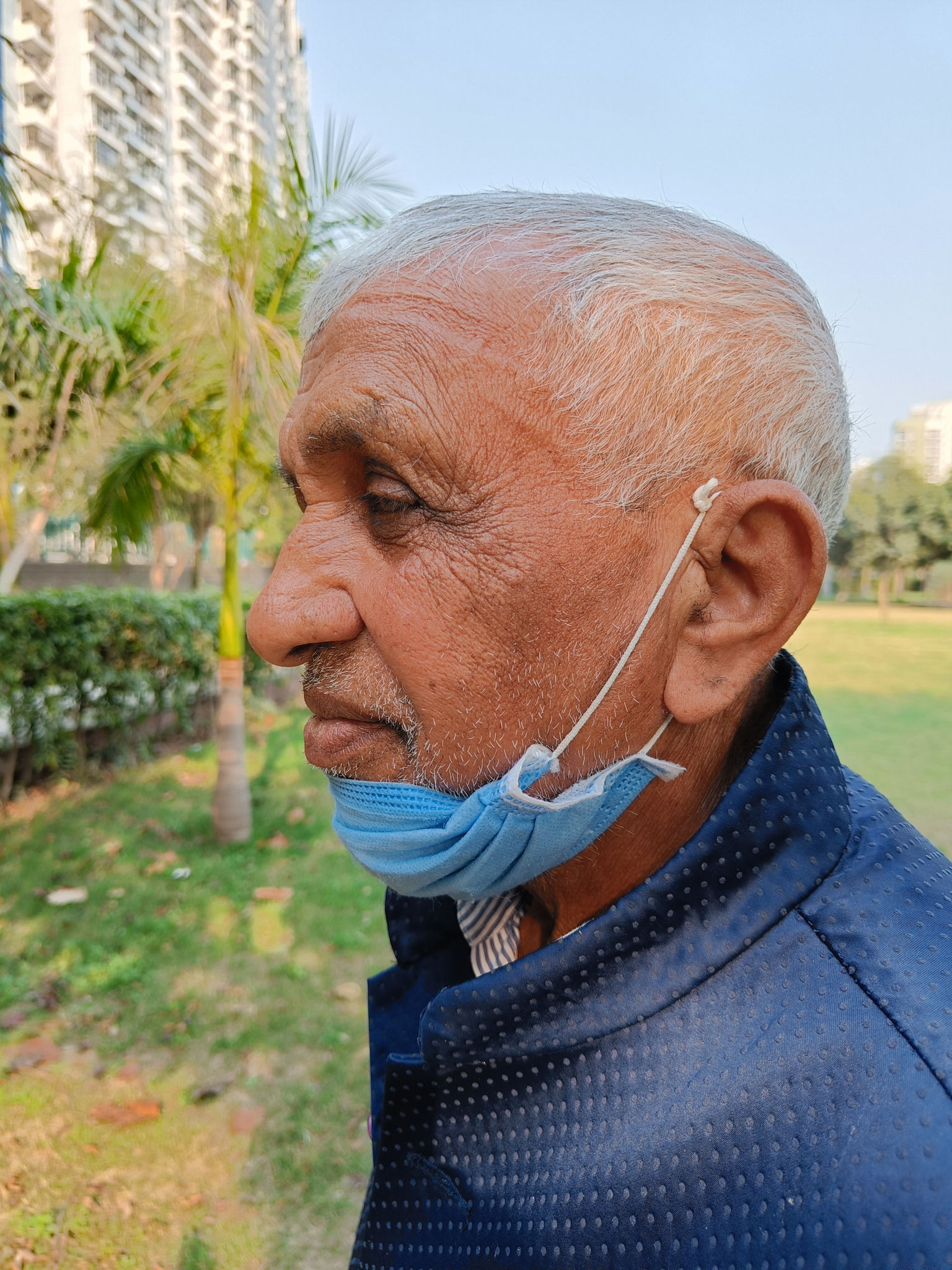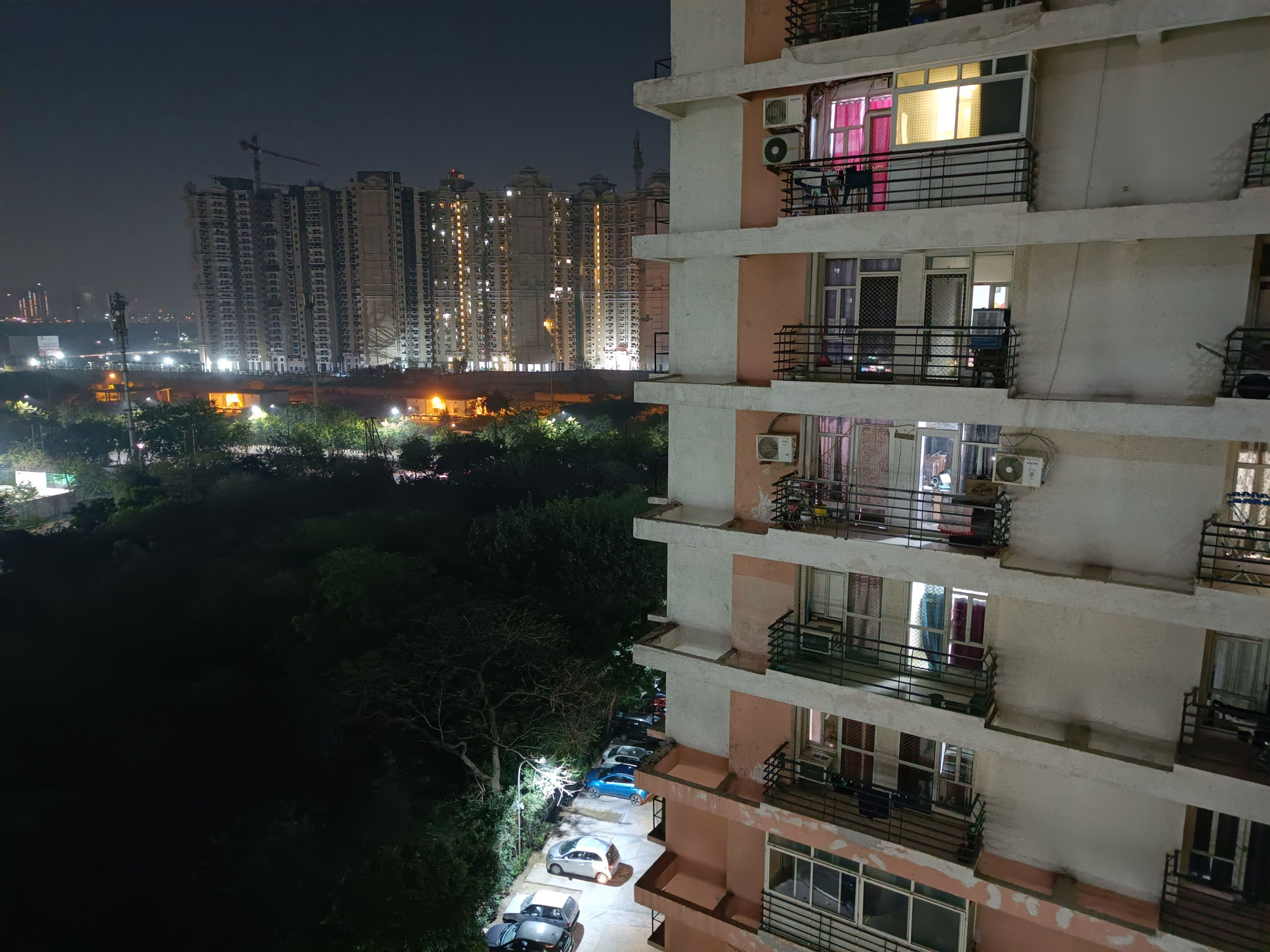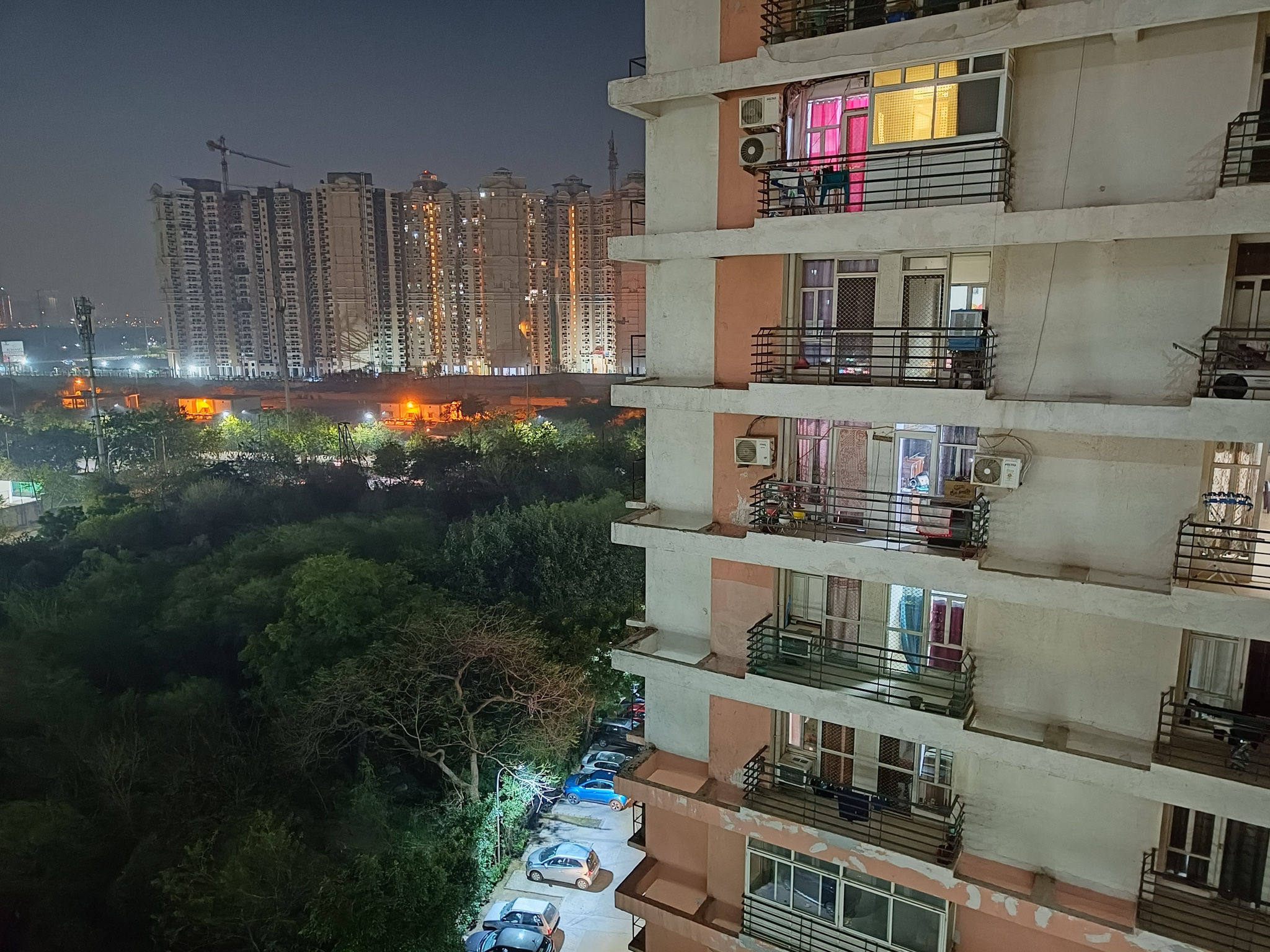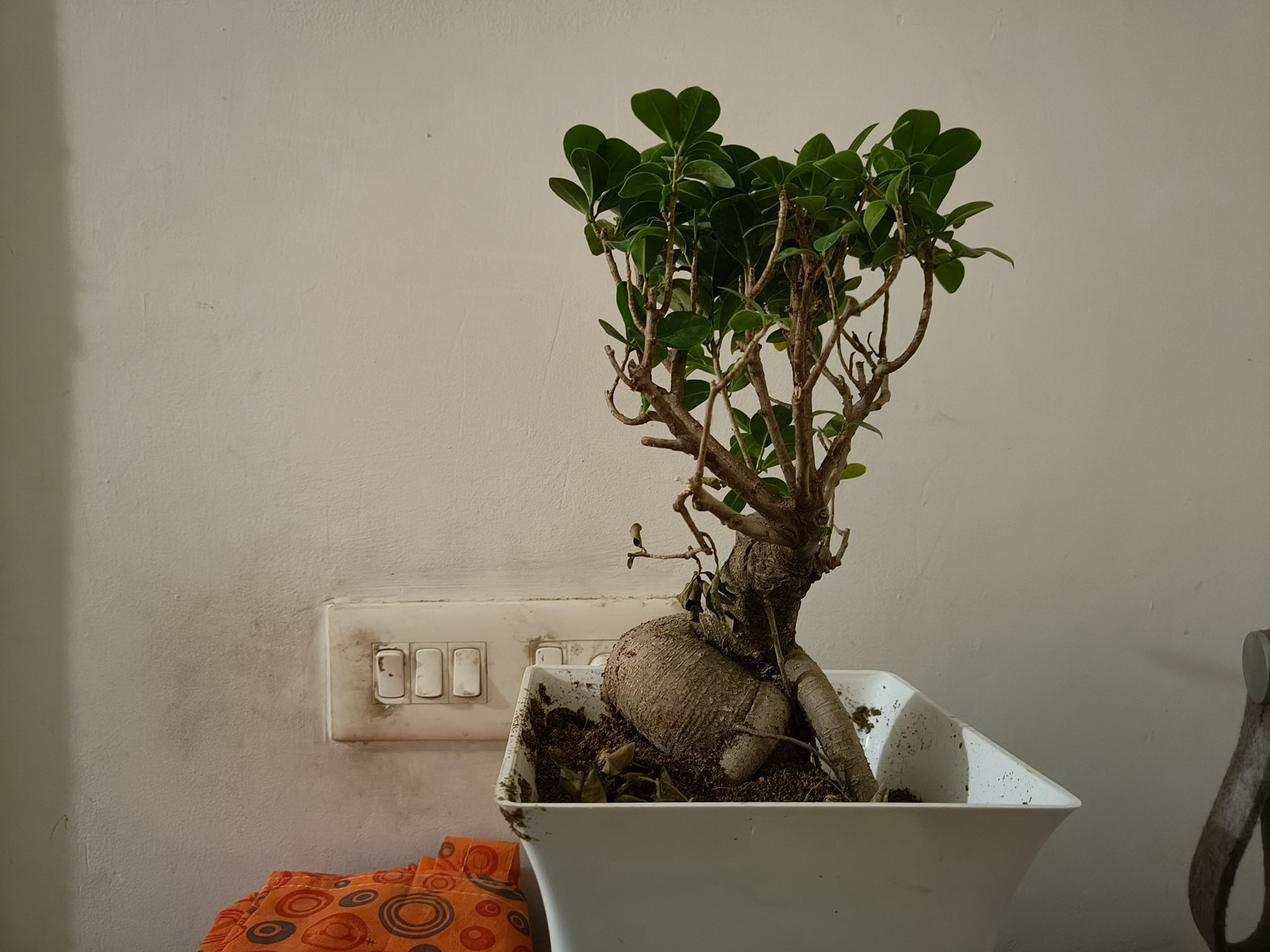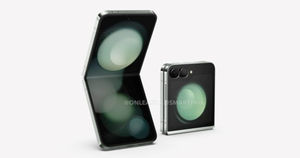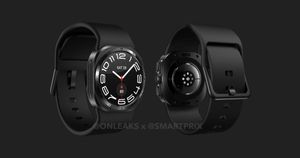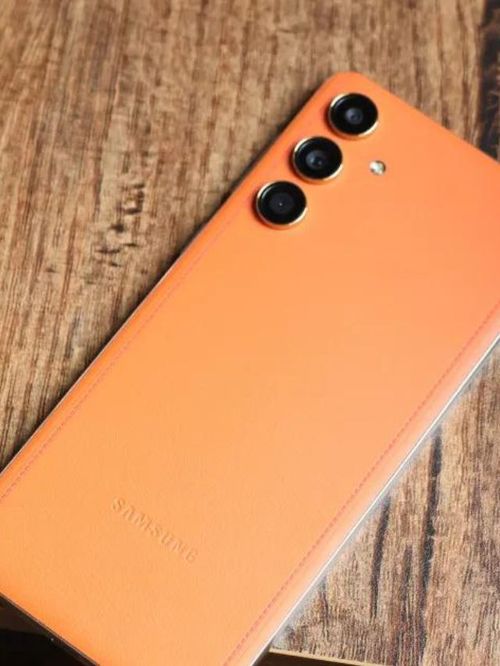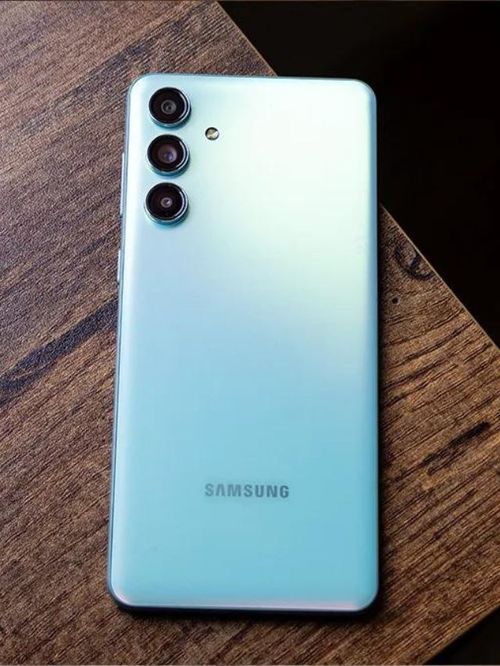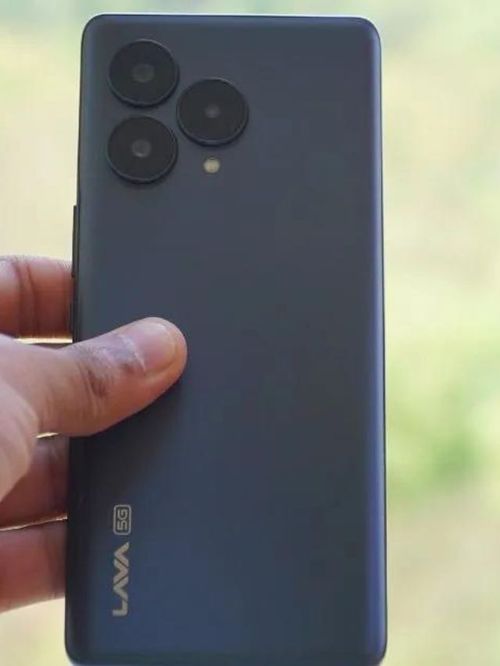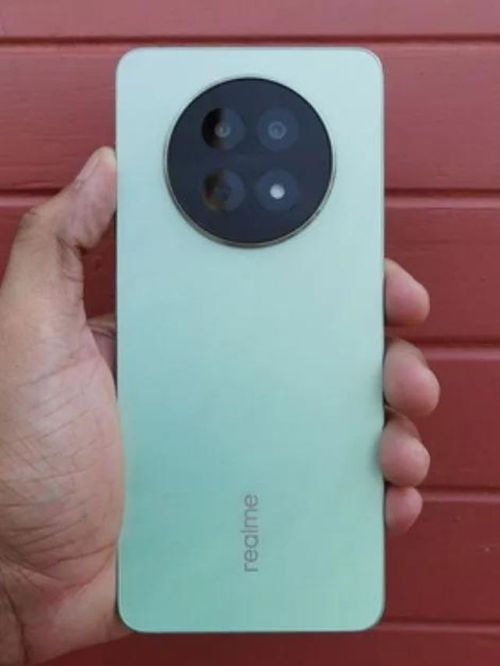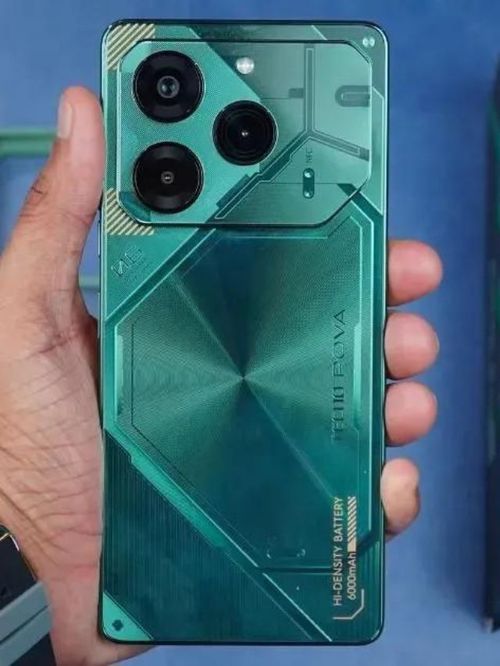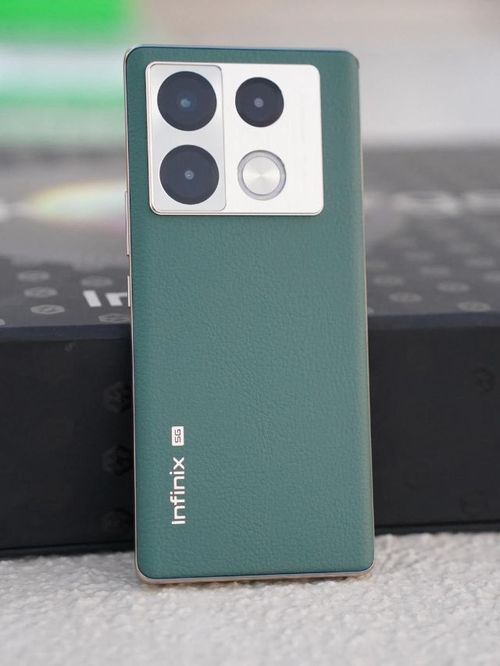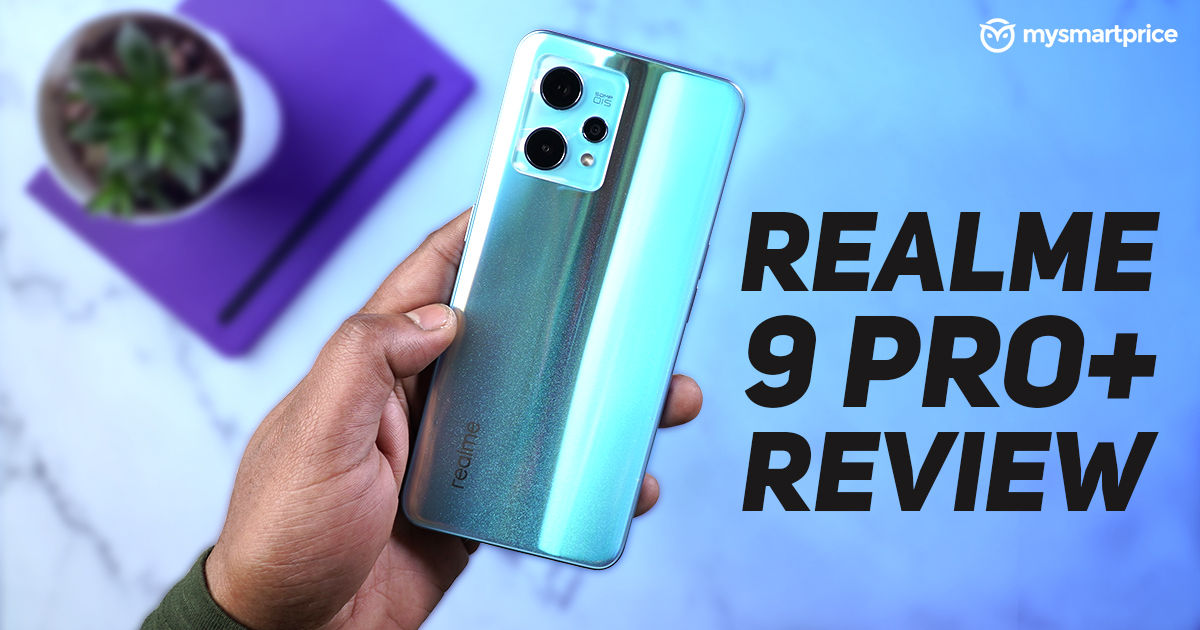
You know how every brand has that one thing that get attached to its identity, acting as an instant recall? Things like IR blasters and Xiaomi phones, hand gestures on Motorola phones, and the likes. With Realme, it’s all in the specsheet. It has made a killing undercutting its rivals with hardware that was just a shade higher, at either same or even lower prices. Save for a few times, the strategy has worked in its favour, especially in Realme’s number series, which competes directly with the Redmi Note series.
The Redmi Note 11 Ultra gave Xiaomi the upper hand last year, and Realme’s answer is the Realme 9 Pro+. The Plus in the name has some connotations, but more than anything, it reminded me of the Realme 7 Pro, the brand’s last good phone in the number series. The phone’s specsheet is just astounding for a mid-range smartphone. MediaTek Dimensity 920 5G, a colour-changing design, OIS in the camera, heart-rate sensor in the fingerprint sensor, Hi-Res audio support. The spec-sheet has all the things that would otherwise slip through the minds of Realme’s rivals, making this one quite an interesting phone to review, to say the least.
It’s not perfect. There are some chinks in its armour, but there are also enough quirks inside to offer a refreshing experience. Firstly, the price. The Realme 9 Pro+ has breached the 25k price ceiling for the brand’s number series for the first time, muddling the lines between its more premium X series and the number series. As a result, it’s competition is primarily the Xiaomi 11i Hypercharge and the OnePlus Nord 2. Read along to know where it stands —
Build and Design
The Realme 9 Pro+ can change colours. It’s a pale blue when used indoors but under UV light (which includes sunlight), it turns crimson within seconds. Amidst a world of smartphones that all look and work the same, I found this extremely cool. Having previously seen this is in the Vivo V23 Pro, it’s good to see other brands adopting it this year. It’s also marvelously slim and the weight is quite evenly distributed. As a result, the phone feels extremely light on the hands. And it’s astounding that even in this slim design, there was enough space for a 3.5mm headphone jack.
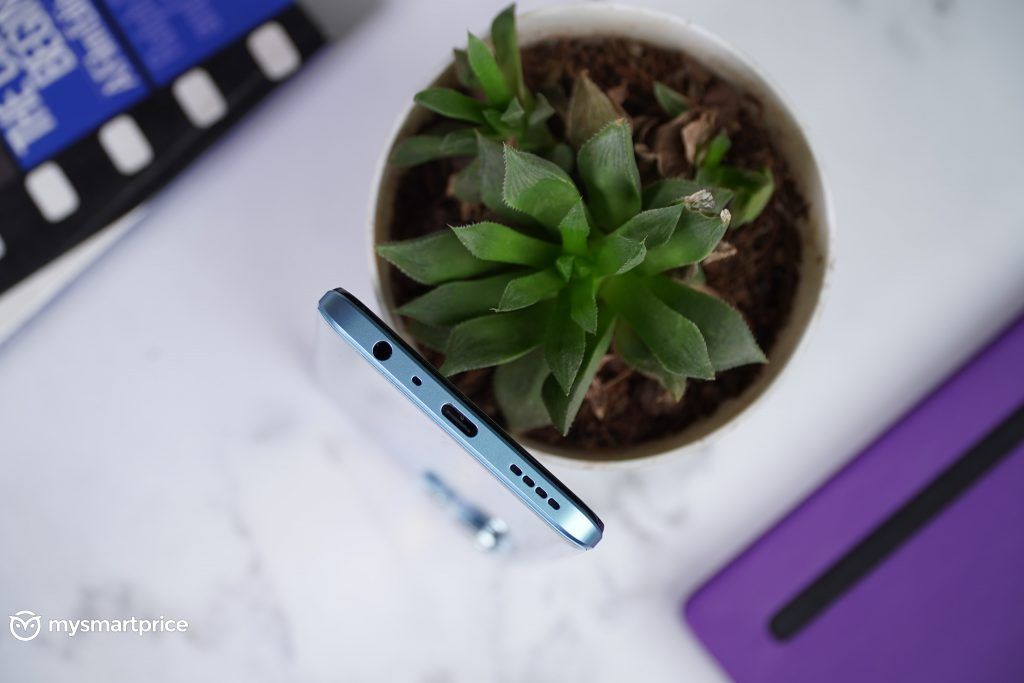
However, for a phone now priced above 25k, it still has a plastic frame, and lacks any sort of ingress protection, which is a bummer. This one’s also a tall phone with 20:9 aspect ratio, so reaching the upper parts of the display could be hard. The fingerprint sensor is embedded in the display, and you can also use it as a heart rate sensor. Just have to keep the finger pressed for a while, but the accuracy of the results are questionable.
The screen is protected by Gorilla Glass 5. The rear panel is also glass, with stacks of layer enabling the Light Shift design, but doesn’t have any protection. So it’s best to keep it protected with a case, a transparent one would be best to admire the colour-changing abilities. The haptics are noticeably better than other mid-range phones with a tight, crisp vibration that feels good in the hands.
The Realme 9 Pro+ scores high on the design, pulling an unique colour-changing trick that only makes what inside the phone, even better.
Display and Audio
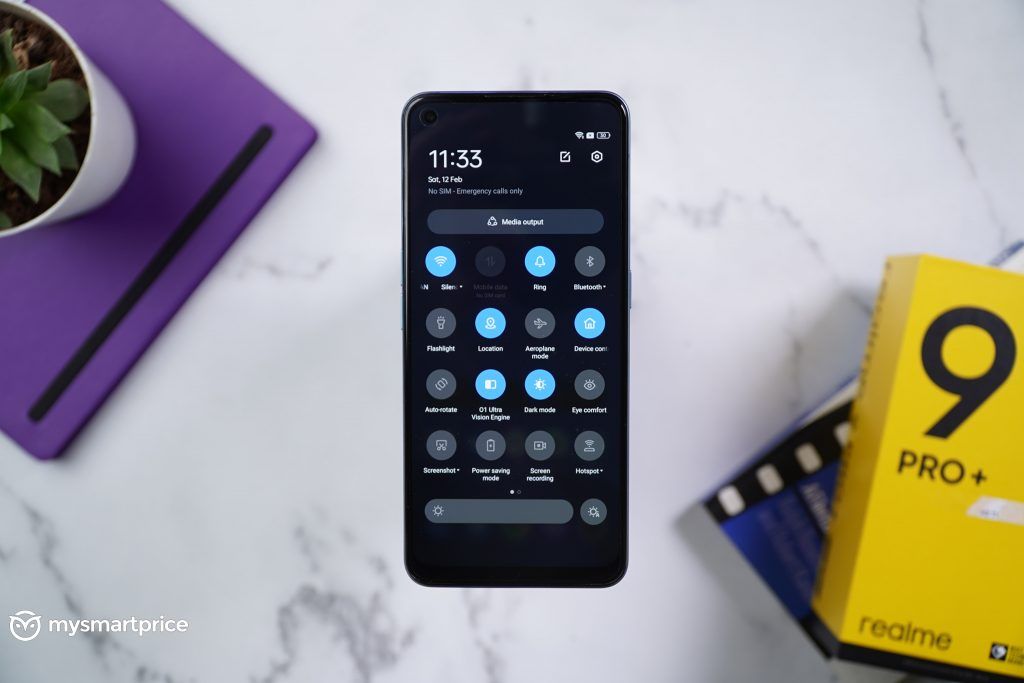
The Realme 9 Pro+ feels far more compact and slim to hold and use than the Xiaomi 11i Hypercharge. The 9 Pro+ sports a 6.4-inch display, against the 6.67-inch panel on the 11i. But at a 25k price point, Realme could only manage a 90Hz AMOLED panel while most other in this price range peak at 120Hz. There’s a clear difference in the smoothness as you operate the UI, as a result. Also the fact that it just has 180Hz touch sampling rate, doesn’t bode well for gaming, and last I checked, it even lacked an HDR certification. Basically, the display is not the strong suit of the Realme 9 Pro+. It’s just about average. It will get you through the day, but don’t expect blockbuster visuals while binging.
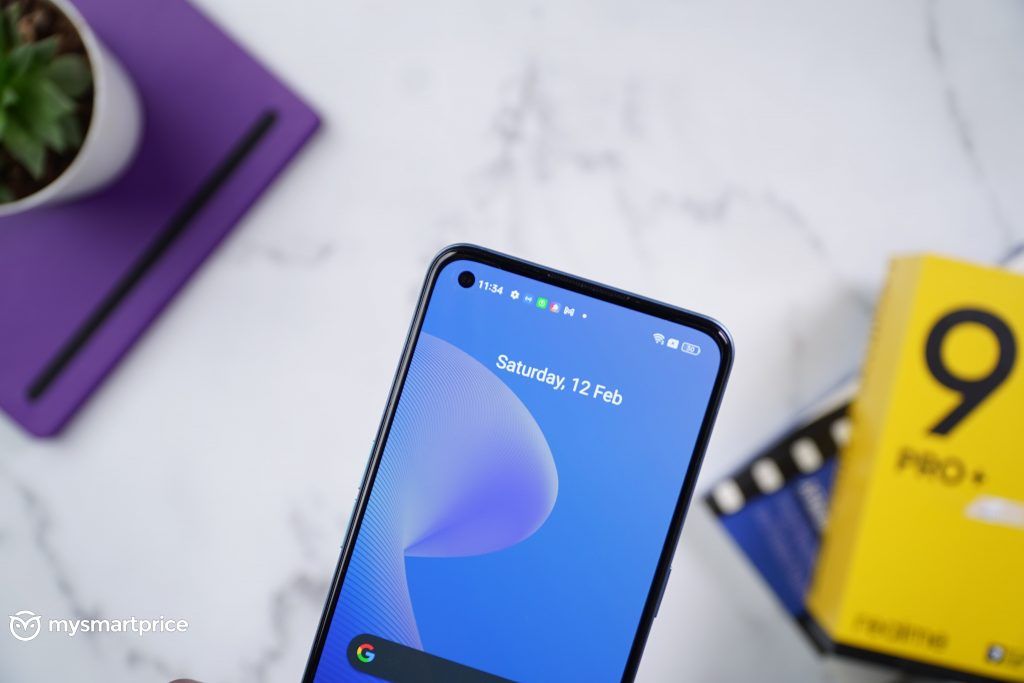
The speakers, however, are worth talking about. Realme opted for a stereo speaker setup with Dolby Atmos tuning that delivers a kicker of a sound. The volume is loud enough to fill your surroundings, and there’s noticeable channel separation. So while it doesn’t offer much in terms of display quality, the audio is right on point which should make zombie-scrolling on Instagram Reels even more interesting/annoying.
Camera
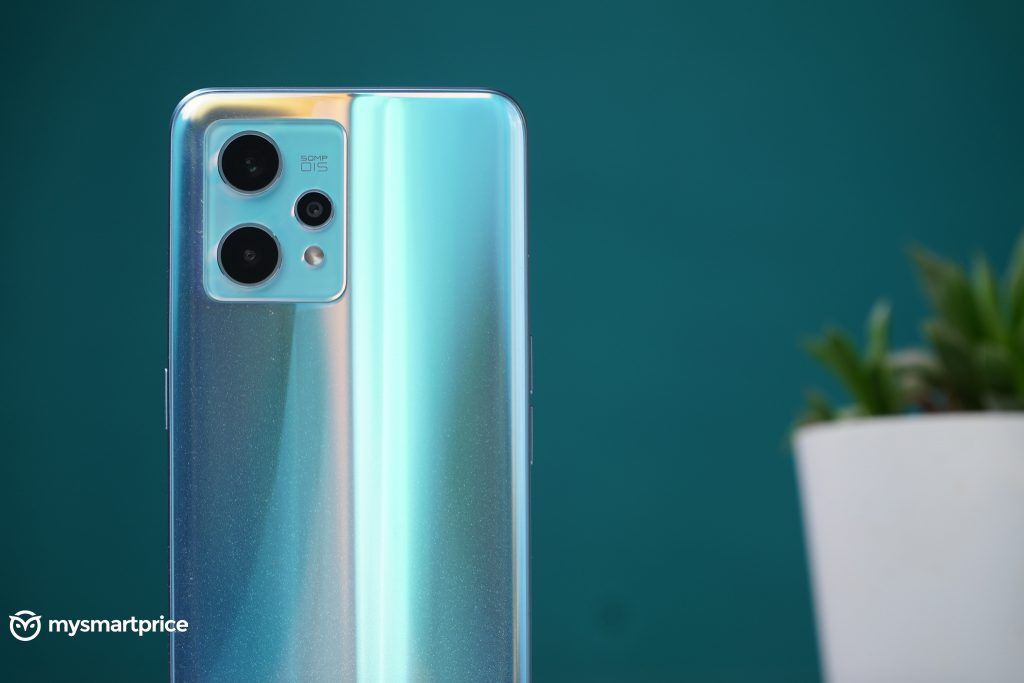
Instead of packing a richer display, the Realme 9 Pro+ focuses more on the camera performance. The rear camera includes the much-used Sony IMX766 sensor, a 50MP camera used on many phones including the OnePlus 9RT, Vivo X70 Pro, Reno7 Pro and the likes. The 50MP camera is also stabilised by OIS, and leveraged by a huge set of features. New ones include a new Street Mode that reduces AI interference, and offers pro features like focus peaking, and RAW output. There’s also long-exposure mode, AI Highlight video, Starry Mode, and a Director’s Mode for filmic videos. The other cameras are the usual ultrawide and macro cameras. On the front, you get a 16MP selfie shooter. Here’s how the photos turn out —
Colour Science
The first thing I noticed with the 50MP primary camera is that there’s a big difference in output with the AI on and off. With the AI off, the photos look bright and vibrant, but doesn’t pop out all that much, while with AI on, the photos take on higher saturation and deeper contrasts. The AI tone is something I’ve noticed most social media users prefer, so Realme seems to have done its research.
The photos also have a warm bias, especially when seen in comparison against the Xiaomi 11i’s 108MP camera. Notice how the greens in the photo look a brighter shade on the 9 Pro+. This is probably how the cameras are tuned, as even if I turned AI off, the warm bias didn’t go away.
Dynamic Range
The camera is particularly good at capturing details in the shadows. The large sensor size helps light up darker areas in the frame, even if there’s a bright source of light. This is not always so apparent on the Xiaomi 11i, but on the Realme 9 Pro+, every photo I took with a strong backlight, the details in the shadows are always higher.
Sharpness
The 50MP camera also comes close to matching the sharpness of the 108MP camera on the Xiaomi 11i. Most of the photos I took, there was very little difference in the sharpness, unless you pixel peep, in which case, the 108MP shot obviously lets you zoom in a lot more without breaking pixels.
Human Subjects
Human subjects are the camera’s weak spot. Realme’s output when capturing human faces was far worse than Xiaomi’s. The facial details look a lot more life-like on the Xiaomi 11i, and the background doesn’t get clipped. This is something that can be easily fixed with an update, though.
Low Light
The Realme 9 Pro+ offers a lot of features for capturing low-light shots. You have a full-fledged Pro Night Mode where you can control the shutter speed, ISO, etc. and have the multi-frame processing of the night mode with it. If not, you can always use the AI-enabled Night Mode. The latter does a good job in cleaning up noise, and brightening the image. The details are achieved with post-processing, and is really evident when seen on a big screen.
Performance
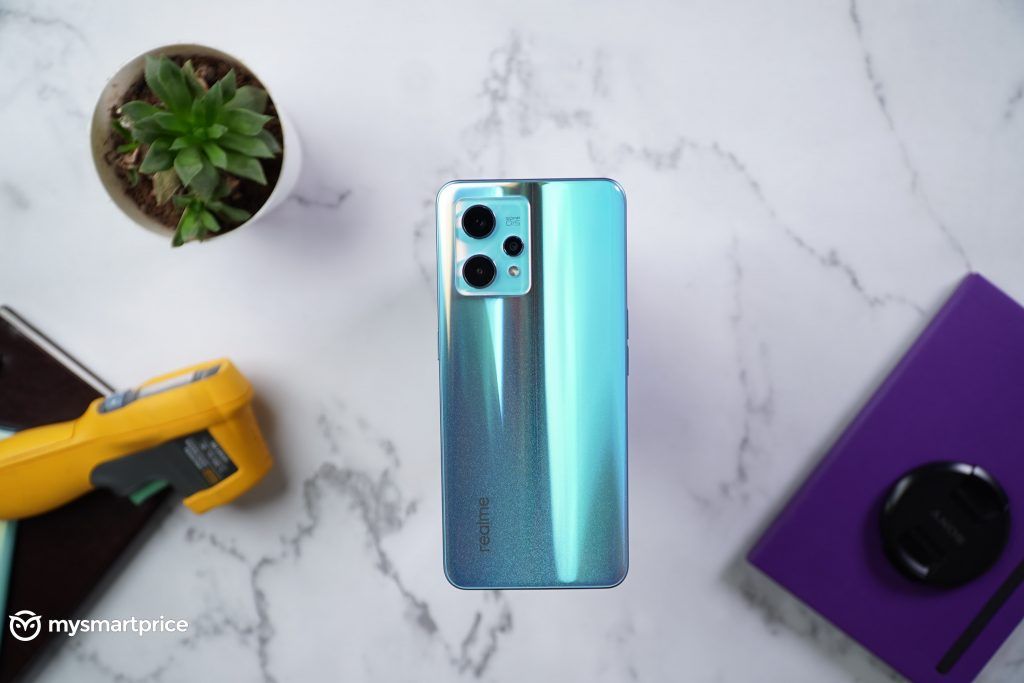
The MediaTek Dimensity 920 powers the Realme 9 Pro+, coupled with 6GB or 8GB LPDDR4X RAM and up to 256GB UFS 2.2 storage. It’s a 5G SoC, and the phone has support for 5 5G bands including the most common n78 band in SA and NSA mode. Using the phone in daily life feels quite smooth and there aren’t any noticeable jitters or freezes.
The 90Hz refresh rate makes thing feel a little slower than usual, as compared to the Nord 2 or the Xiaomi 11i, but if you’re upgrading from a 60Hz display, it’ll feel faster. The phone does get quite warm if you stress the processor. It got warm while shooting a 4K video, and while running COD Mobile, but was never too hot to hold. That could just be the chilly temperatures these days, but Realme did bolster the cooling with a vapour chamber and graphite sheets.
App launch speeds are par for any other mid-range smartphone. Open too many and it will start to slow down little by little. There’s also 3GB extended RAM, that borrows some memory from the storage to keep inactive apps cached in the background. The feature has limited use, but is a big part of the marketing lingo among smartphone brands these days.
Among its peers, the Dimensity 920 5G doesn’t break any new ground. The chipset beat all its competitors in the 20-25k segment, like the iQOO Z3 and the Samsung Galaxy A52, but couldn’t keep up with phones between 25-30k, like the OnePlus Nord 2 or the POCO F3 GT. I was expecting newer SoCs in 2022 to be better than their costlier rivals with the tech trickling down, but even with newer Cortex-A78 and Cortex-A55 cores, it couldn’t beat the Dimensity 1200 or the Snapdragon 860.
How does this convert to the real world? The Realme 9 Pro+ can handle the multiplayer BGMI and CoD Mobile quite well. The former clocked HDR+Extreme graphics while CoD ran at High+ Very High graphics. In game performance was okayish. I have had a better experience on phones like the iQOO Z3 where the touch sampling rate is much higher the Realme 9 Pro+’s 180Hz. There’s noticeable input lag, and the battery drops quickly while gaming. The phone got slightly warm, but was never too hot to hold.
Daily tasks like making calls, launching Google searches, replying to messages and the likes are quick and responsive, and the network reception was decent on a Jio SIM. Overall, the performance wasn’t the best in class, but there was nothing much to complain.
Software
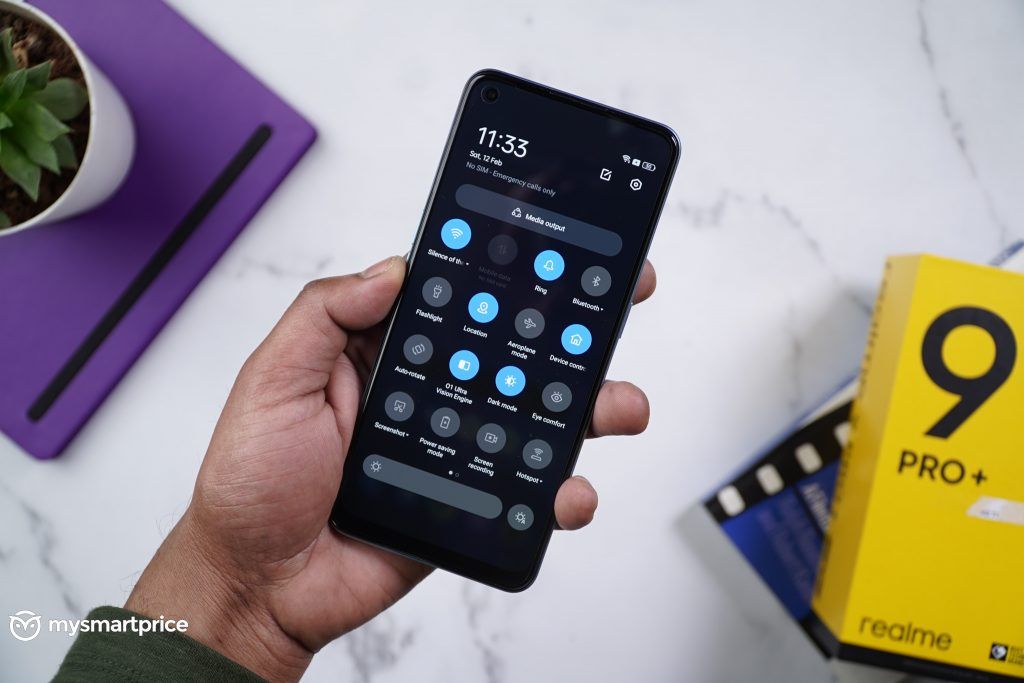
The Realme 9 Pro+ runs on the new RealmeUI 3.0 based on Android 12. It’s the latest build based on the latest version, at the start of 2022. That makes the phone one of the early offerings to come pre-loaded with Android 12 out of the box. You have most of the new Android 12 features including the Material You Theme Engine to extract colours from wallpapers, Google’s Conversation Widget, killswitches for camera and mic, and the likes.
As for RealmeUI 3.0, it’s not a drastic change from the previous version. Most of the things look the same, and Realme still offers a high level of personalisation options for users. You can tweak nearly everything from accent colours, icons, etc. Have edge lighting, fingerprint animations, and more. Haptics have improved and is now present even when hitting the end of the road in a menu, and there even OneUI features present like floating windows, sidebar and the likes. It seems Realme has studied its rivals closely and adapted the best features from all, to provide users with everything they want. Some may call it copying, but as long as it’s useful to users, who cares?
Battery and Charging
The Realme 9 Pro+ packs a 4500mAh battery that tops up with a bundled 60W adapter. For a slim phone, the battery capacity certainly feels large, and the battery life too was quite impressive. On our intensive performance and battery test, the Realme 9 Pro+ was the second-last smartphone to die, clocking well over 7 hours of screen-on time in a test that included running benchmarks multiple times, scrolling social media, playing games and more. You can watch the video over on the Mysmartprice YouTube channel for a more detailed study of the phone’s battery life.
As for charging, the Realme 9 Pro+ topped up in 1 hour 19 minutes, which is rather long with a 60W fast charger.
Verdict
The Realme 9 Pro+ isn’t the flagship smartphone the company is billing it as. Instead, it’s a fantastic mid-ranger that’s a charm to both see and use. The primary focus areas are the design and the cameras, both of which feel a grade superior to its rivals. The raw performance of the MediaTek Dimensity 920 is also quite good, although it didn’t set new records. Gaming on this phone is average, marred not by the SoC, but by the display’s low touch sampling rate. The display is indeed the weakest link here. The 90Hz refresh rate stands no chance amidst its peers, and the lack of HDR certification, high peak brightness and more seems like Realme had to compromise on the panel in favour of the design and camera. As such, this one’s aimed straight at amateur photographers with its myriads of camera features, and a decently tuned camera output. I personally liked how ergonomic it felt in the hands. It’s easily the best Realme mid-ranger after the Realme 7 Pro.

